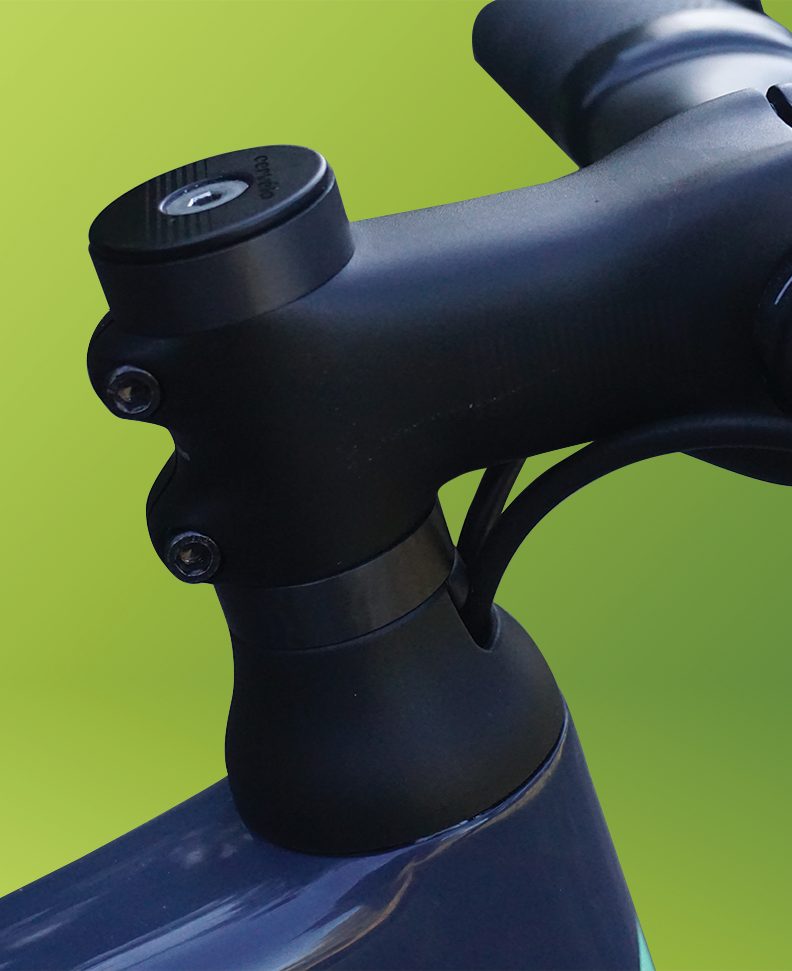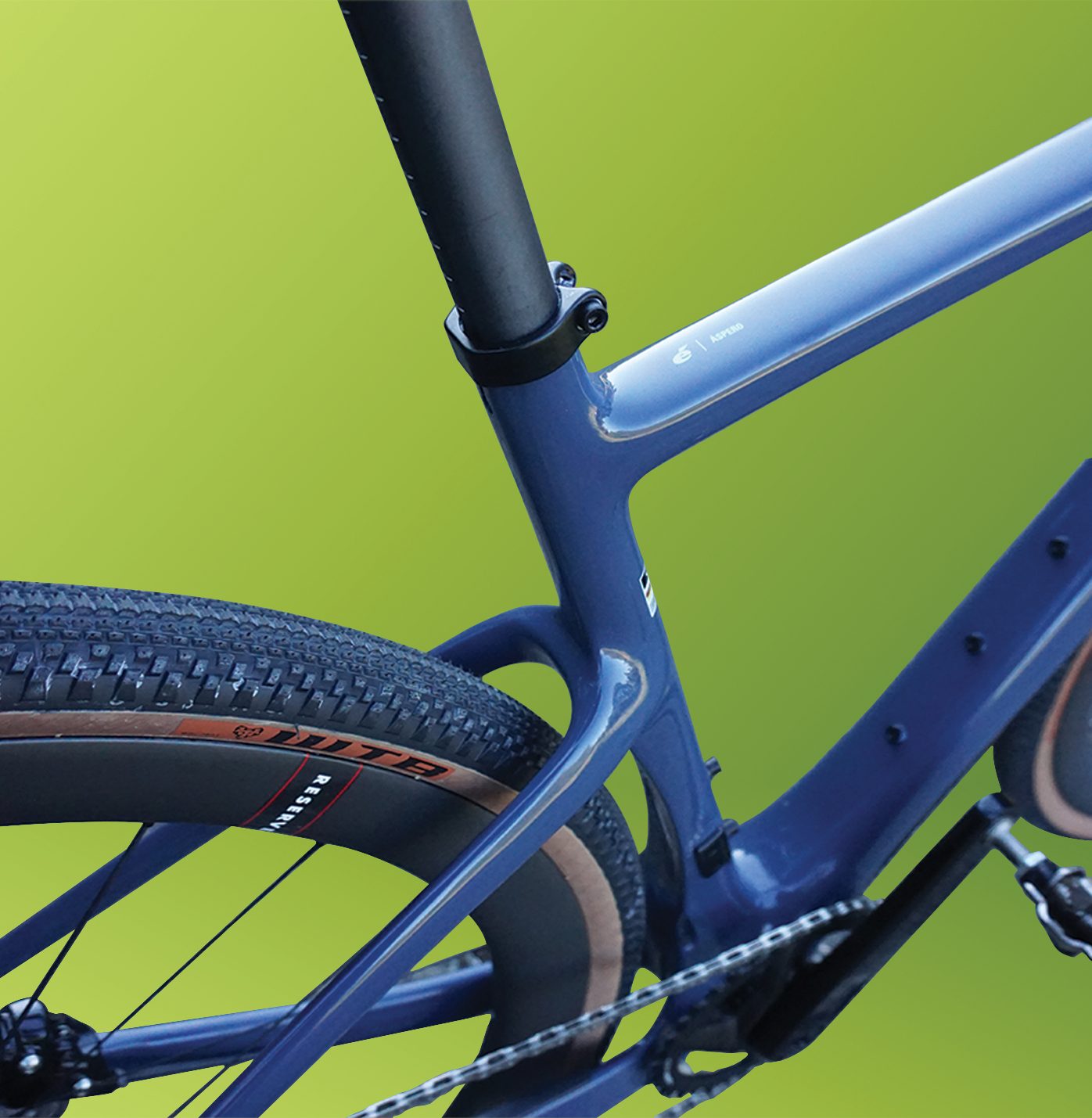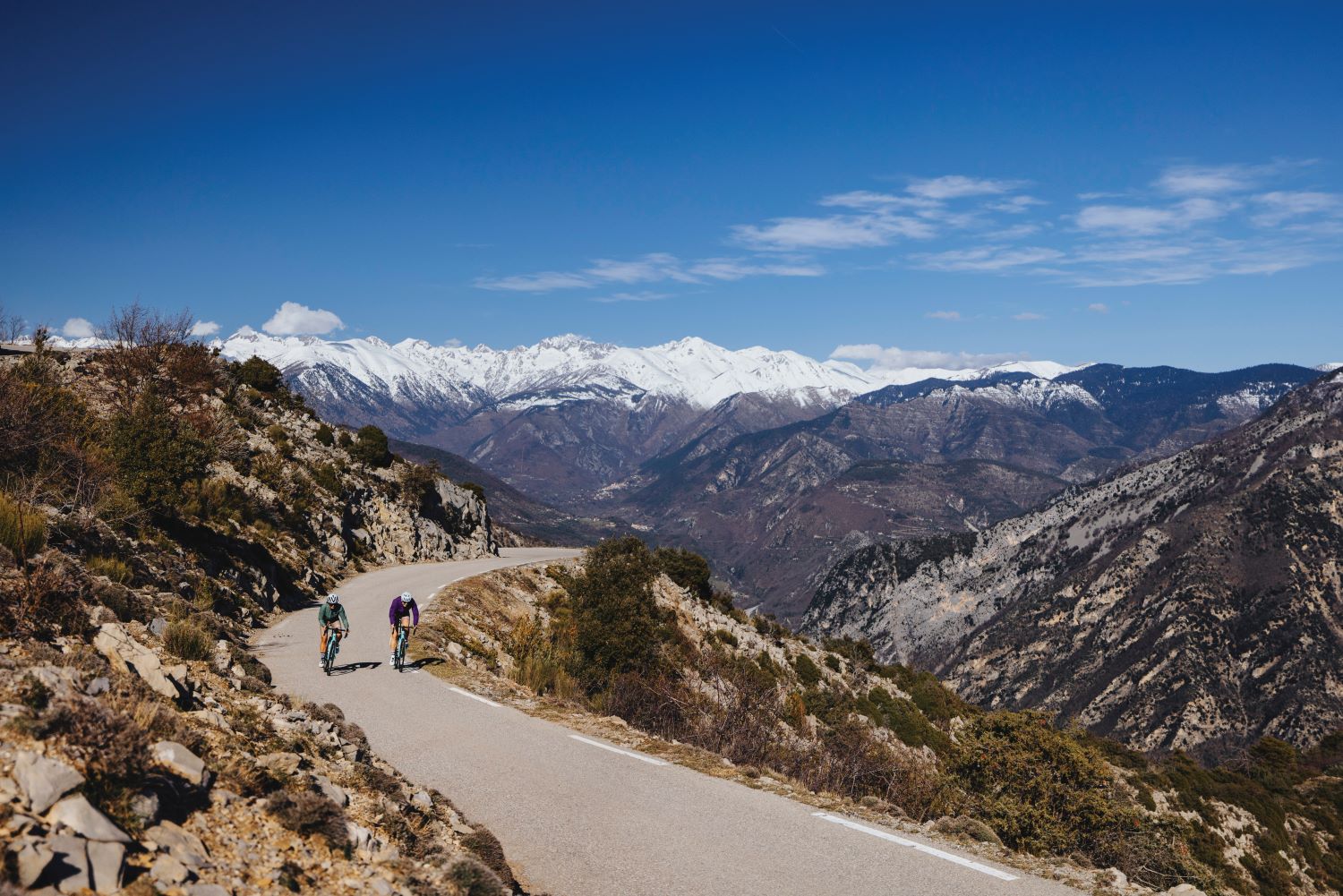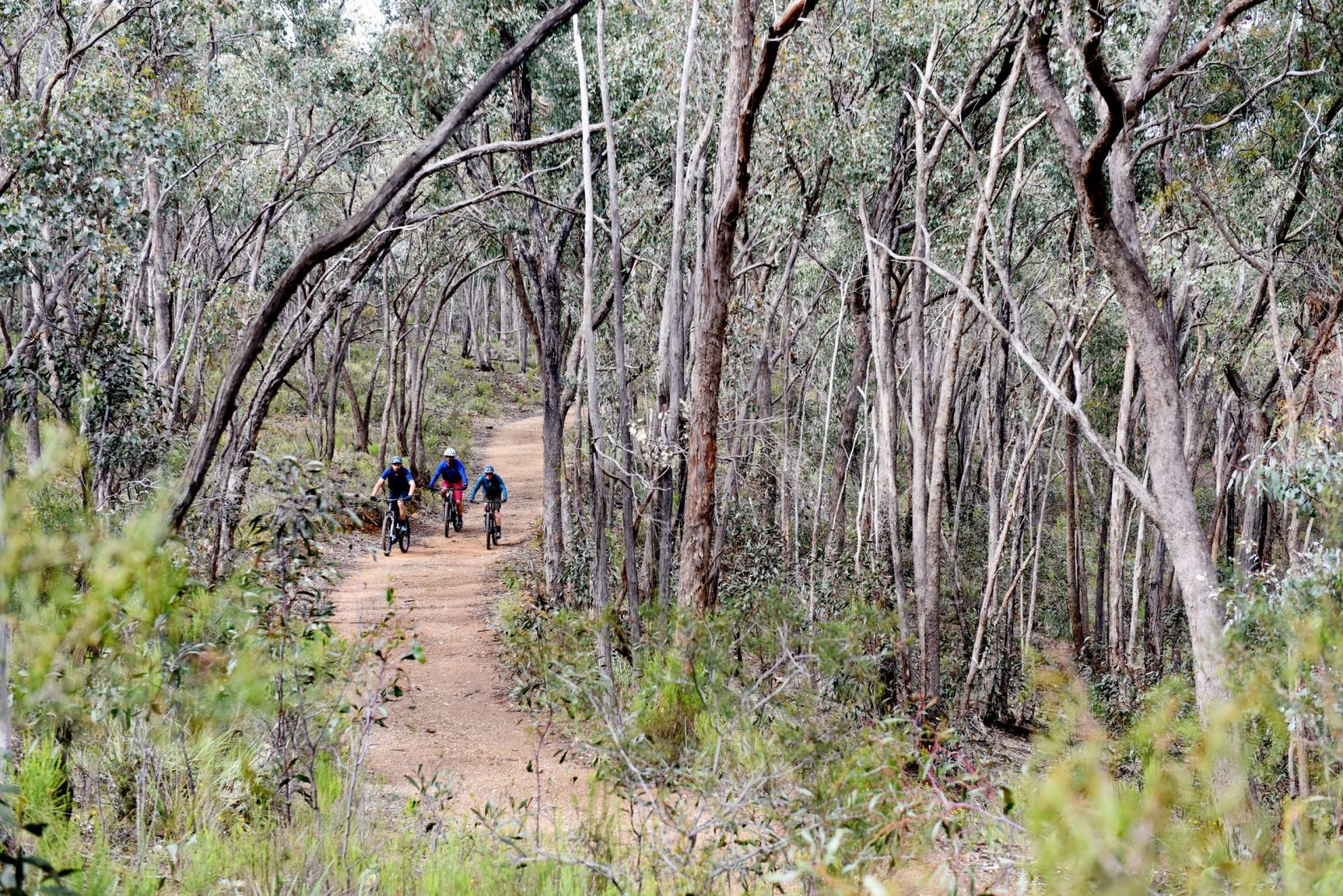
Already a favourite among gravel riders, the Áspero has been updated to make it even more desirable.

Words Jack Lynch
Cervélo has unleashed its second-generation Áspero on the fast gravel market with a swathe of relatively minor changes, proving the Canadian company’s confidence in this class-leading bike.
When the first rendition Áspero launched in 2019 it was an immediate hit and signalled a diversification in Cervélo’s target market.
Before the Áspero, Cervélo made bikes exclusively for use on tarmac, with its lightweight road R models, aero S models and time trial P models the bikes that would come to mind whenever you saw the famous é head tube badge.
To highlight Cervélo’s popularity pre-Áspero, its P models are so successful they have long been (and remain) the triathlon bike of choice at the Hawaiian Ironman, a place where off -road adventure would scarcely be a consideration for participants.
Changes small but important
Despite never previously dipping its toes off -road, the first-gen Áspero took the gravel world by storm and it has not looked back.
Rather than reimagine the bike, the latest updates have been made with modern trends and functionality in mind, with a minor dose of free speed thrown in.
The first alteration you may notice when looking at the new Áspero is the slick internal cabling. The previous model’s brake and gear cables ran out through the handlebar tape in a traditional way before snaking into the down tube or the fork.
Modern consumers will be relieved this method has been replaced by the cables running underneath the stem and into a 1-1/4” – 1-1/2” headset.
It’s a clean solution to unsightly cables and allows the rider to change stem length, height and handlebars without disassembling the brakes.
The other two significant changes compared with the old Áspero are the new threaded T47-A BBright bottom bracket and the Universal Derailleur Hanger.
Cervélo has long used its off set BBright bottom bracket, but this bike joins the Soloist and its CX rig, the R5-CX, as the only drop bar bikes in its line-up with threaded BBright bottom brackets.
Meanwhile, Sram’s Universal Derailleur Hanger is used, so riders have more options including Sram’s customisable transmission offerings.
The hanger is incredibly tough and can be easily replaced.
Angled for pace
The fit remains identical to the previous model Áspero.
However, there are slight changes to the frame geometry – namely an additional 5mm long chainstay, taking it to 425mm, which will still allow for sharp cornering.
On a 54cm, the bike retains a 72.5° head tube angle, and a 74° seat tube angle.

To compare, the Trek Checkpoint’s numbers in a 54cm frame are 71.8° head tube, 73.2° seat tube, with a 435mm chainstay. Specialized’s Diverge STR is 71.25°, 74° and 429mm respectively.
Although these bikes are not equal in purpose, Cervélo’s has the raciest geometry. The Áspero’s speed-oriented focus is easily identified without poring over geometry charts.
It has no frame mounting points except for three bidons (including one under the down tube) and a bento box on the top tube.
Those looking to go bikepacking on this bike will be limited to frame bags.
All riders will appreciate the slightly dropped seatstays for added comfort and a slightly more aerodynamic design than the previous model, said to give the rider an extra three watts.
The frame has also reduced some stiff ness through the head tube to improve comfort.
The new Áspero has beefed up its tyre clearance possibilities with 40mm tyres fitted as stock and room for much more.
Cervélo says 45mm tyres will fi t under ISO requirements but any bigger than that and the rider will risk getting mud stuck between the bike and the tyres.
ISO demands a 6mm clearance between tyre and frame/fork so Cervélo is complying, but it’s up to the rider if they think they need more or less space.
The Áspero will be available to the Australian market in six complete bike options. Given the aff ection for the bike they’re quite aff ordable, ranging from $4,100 for a 1x Shimano GRX RX610-equipped rig to $8,000 for one with Sram Rival XPLR AXS (pictured).
Other models are equipped with Sram’s Apex and Apex AXS, and Shimano’s GRX RX820. The frameset is also available for $3,600.
Rival XPLR AXS 1
Pricing $8,000
Website cervelo.com/en-au


